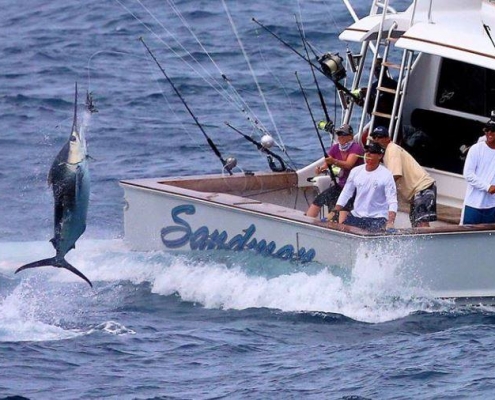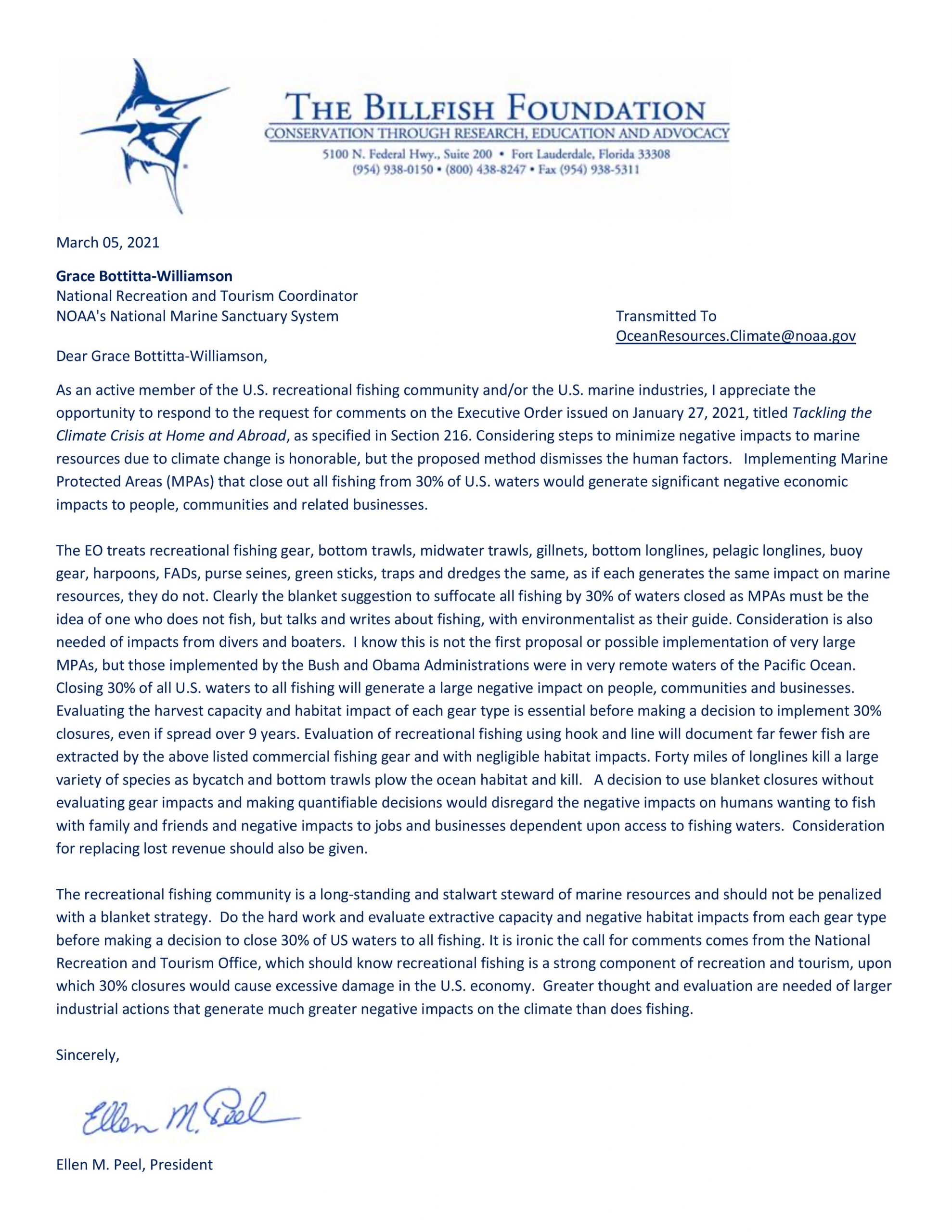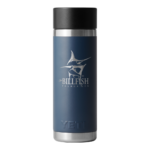New Executive Order could stymy recreational fishing in Marine Protected Areas
With the recent Executive Order (EO), recreational fishing gear, bottom trawls, and pelagic longline are viewed the same as all other fishing gear when it comes to designating Marine Protected Areas (MPA). The EO, signed by Biden, calls for closing 30% of U.S. ocean waters to fishing, including recreational fishing, by 2030 through the MPAs.
 This is not the first time such a strategy has been raised, very large marine protected areas in various regulatory (marine monuments, wildlife refuges, sanctuaries, marine reserves, etc) forms have preceded the current initiative. Through the US Ocean Action Policy in 2006, the Bush administration created what at the time was the largest MPA, the Northwest Hawaiian Islands National Monument, 84 million acres, followed by the Obama Administration enlarging it to approximately one-half million square miles. Bush created a larger protected area via Proclamation 8335 in January 2009 when he established the Marianas Trench National Marine Monument, 95,216 square miles. The remote location of these Pacific Ocean protected waters lessened impacts on recreational fishing. But closing 30% of US waters to all fishing will negatively impact thousands upon thousands of recreational fishing trips, the associated economic expenditures, and, thus, related businesses and jobs.
This is not the first time such a strategy has been raised, very large marine protected areas in various regulatory (marine monuments, wildlife refuges, sanctuaries, marine reserves, etc) forms have preceded the current initiative. Through the US Ocean Action Policy in 2006, the Bush administration created what at the time was the largest MPA, the Northwest Hawaiian Islands National Monument, 84 million acres, followed by the Obama Administration enlarging it to approximately one-half million square miles. Bush created a larger protected area via Proclamation 8335 in January 2009 when he established the Marianas Trench National Marine Monument, 95,216 square miles. The remote location of these Pacific Ocean protected waters lessened impacts on recreational fishing. But closing 30% of US waters to all fishing will negatively impact thousands upon thousands of recreational fishing trips, the associated economic expenditures, and, thus, related businesses and jobs.
Unfortunately, the current EO lumps all gear types together when prohibiting fishing regardless of habitat destructiveness or excessive resource extraction capacity of each gear type. In other words, recreational fishing, bottom trawls, and pelagic longline gear will be treated equally.
No evaluation will be given to negative impacts to public users and supporting economies, which is a major mistake. The recreational fishing community is a long-standing and stalwart steward of marine resources and should not be penalized with a blanket strategy. Most recreational fishing organizations oppose this EO, as well as the commercial fishing industry.
You can see your submitted comments below. Next week we will provide a template of text for your review, edits, and submission to NOAA. Stay updated by signing up for our newsletter and support us by becoming a member or renewing.







